What is a Wombat?
First, let’s discuss what is a wombat? and then we will discuss the top 10 facts about wombats. Because many of you, except people from Australia, are not familiar with wombats, you might be hearing their name for the first time.
Wombats are muscular quadrupedal marsupials that are native to Australia. They are common in woodlands of the hilly country along the Dividing Range in southeastern Australia, from southeastern Queensland through New South Wales and Victoria into South Australia and in Tasmania.
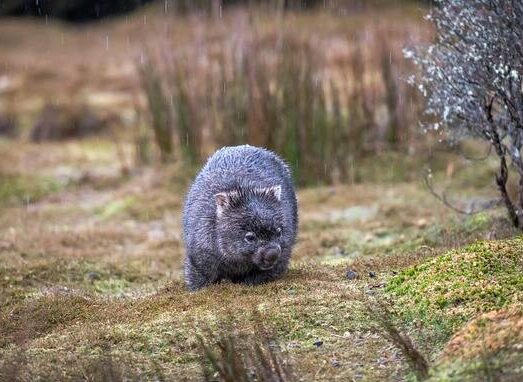
Wombat is the largest burrowing mammal and the second largest marsupial in length. They are about 1 m in length with small, stubby tails and weigh between 20 and 35 kg. The common wombat has coarse dark hair and a bald, granular nose pad. They are herbivores, so most of their time is spent grazing on native grasses, sedges, herbs, bark, and roots.
Like other marsupials, wombats give birth to a tiny, underdeveloped baby that crawls into its mother’s pouch to grow and develop further. Its solitary, nocturnal nature makes the wombat a rare sight for people in the wild.
Now that we know about the wombat, let’s discuss some interesting facts about wombats.
Here are the top 10 facts about wombats.
1. They defend with their butt.
The wombat’s rear end is its main form of defense against predators. When a predator is near, these big butt mammals dive down their burrows and block off the entrance with their butts.
As their back portion mainly consists of cartilage, they are very resistant to scratches and bites. And lack of a significant tail makes it difficult for a predator to grab on. They can also crush small predators’ skulls with their behinds.
2. They have continuously growing teeth.
Next time you complain about your wisdom teeth coming through, spare a thought for the Wombat! Their teeth never stop growing, which ensures they don’t grind away when they are munching on grasses, roots, shrubs, and vegetables.
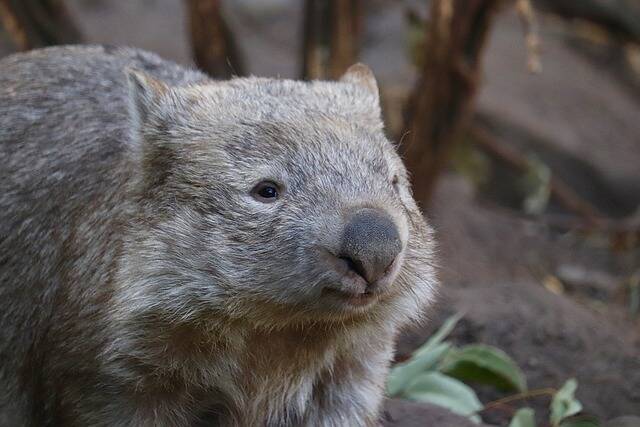
3. There used to be giant wombats.
The largest marsupial to roam the earth was a relative of the modern wombat. The diprotodon lived in Australia 2.5 million years ago and was estimated to weigh around 3 tons and stretch 14 feet from nose to tail. It is believed that ancient Aborigines hunted the giant wombat.
4. They have cube-shaped poop.
This is among one of the most interesting facts about wombats that shocked everyone. Wombats are renowned for producing distinctive, cube-shaped poop, which baffled scientists for years. Researchers believed that they disperse their poop tactically in order to communicate with one another.
They mark their territories by defecating, and it’s previously thought that the shape of their poop keeps it from rolling away. But that’s not it!.
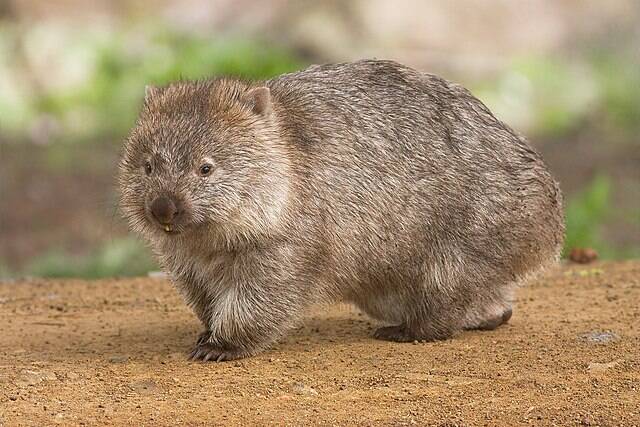
So, why do wombats poop in cubes?
Wombat poop is square. Scientists at the University of Tasmania have discovered more about this curious phenomenon. They found that there are two stiff and two flexible areas around the circumference of the wombat intestine. The intestine, at 33 feet long, is around 10 times the length of a wombat’s body.
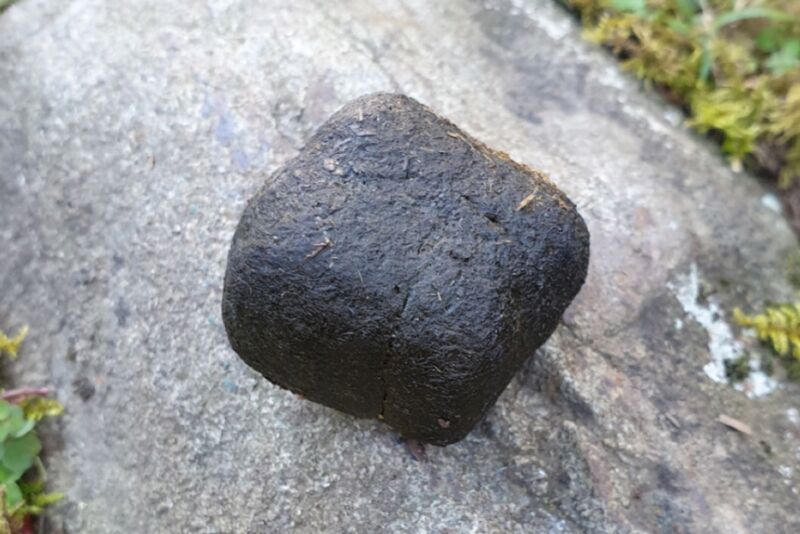
Their research found that these cubes are formed within the last 17 percent of the colon intestine. The distinctive cube-shaped poop is a result of the drying of the feces in the colon, and muscular contractions, which form the uniform size and corners of the poop. Their digestive is much slower than humans or any other animal. Which makes the poop dryer.
The intestinal sections contract over several days, squeezing the poop as the gut pulls nutrients and water out of the feces. The softer intestinal regions squeeze slowly and mold the final corners of the cube, the team found.
5. Wombats are mostly nocturnal
These furry critters spend their night foraging for food or digging new tunnels. Wombats usually spend their days tucked away in their underground homes. However, they do sometimes come out to sunbathe and warm up, especially when the weather is very cold.
6. Their pouches face backward.
Most marsupials have their pouches on their fronts, but wombats have theirs facing backward. This protects wombat joeys in the pouch from being sprayed with dirt, while their mother digs the ground.
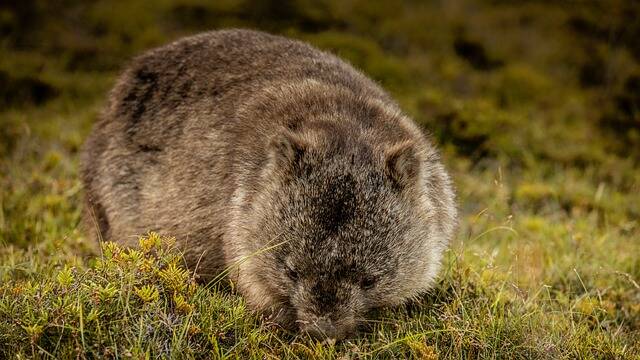
7. Wombats can run-up to the speed of 40km per hour!
Wombats can run faster than most average humans. They can run very fast when they have to. They can run at speed of 25 miles per hour and can sustain this speed for up to 90 seconds.
8. They provide shelter for many other animals
Wombat burrows, known as warrens are huge. Their underground homes can contain tunnels over 200 meters long. And these warrens don’t just serve as homes for wombats they can become shelters for many other small mammals, too.
During bushfires, the tunnels stay cool, offering protection from the flames. Rock wallabies, bettongs, skinks, and even little penguins have been seen using wombat warrens to escape fires or hide from predators.
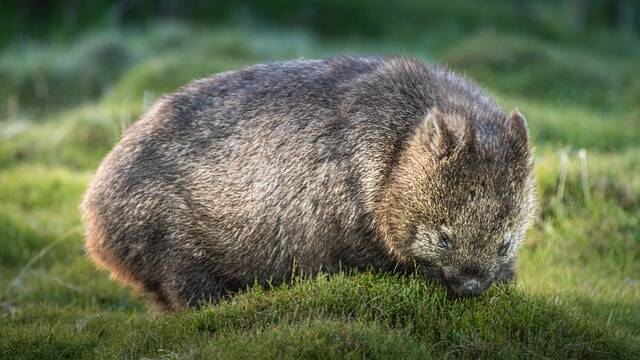
9. They appear in ancient artwork.
Depictions of wombats are rarely seen in ancient aboriginal rock art, but one of the exceptions can be found in Australia’s Wollemi National Park. The wombat drawing on the wall of a rock shelter in the area is believed to date back 4000 years.
10. They have a very slow metabolism.
It takes a wombat up to 7 to 14 days to digest a meal. This slow metabolism helps them out in their hot and dry habitat. In order to process all rough diets, they have special enzymes in their stomachs that help them break down the tough grub; it takes about two weeks to fully digest a meal.

